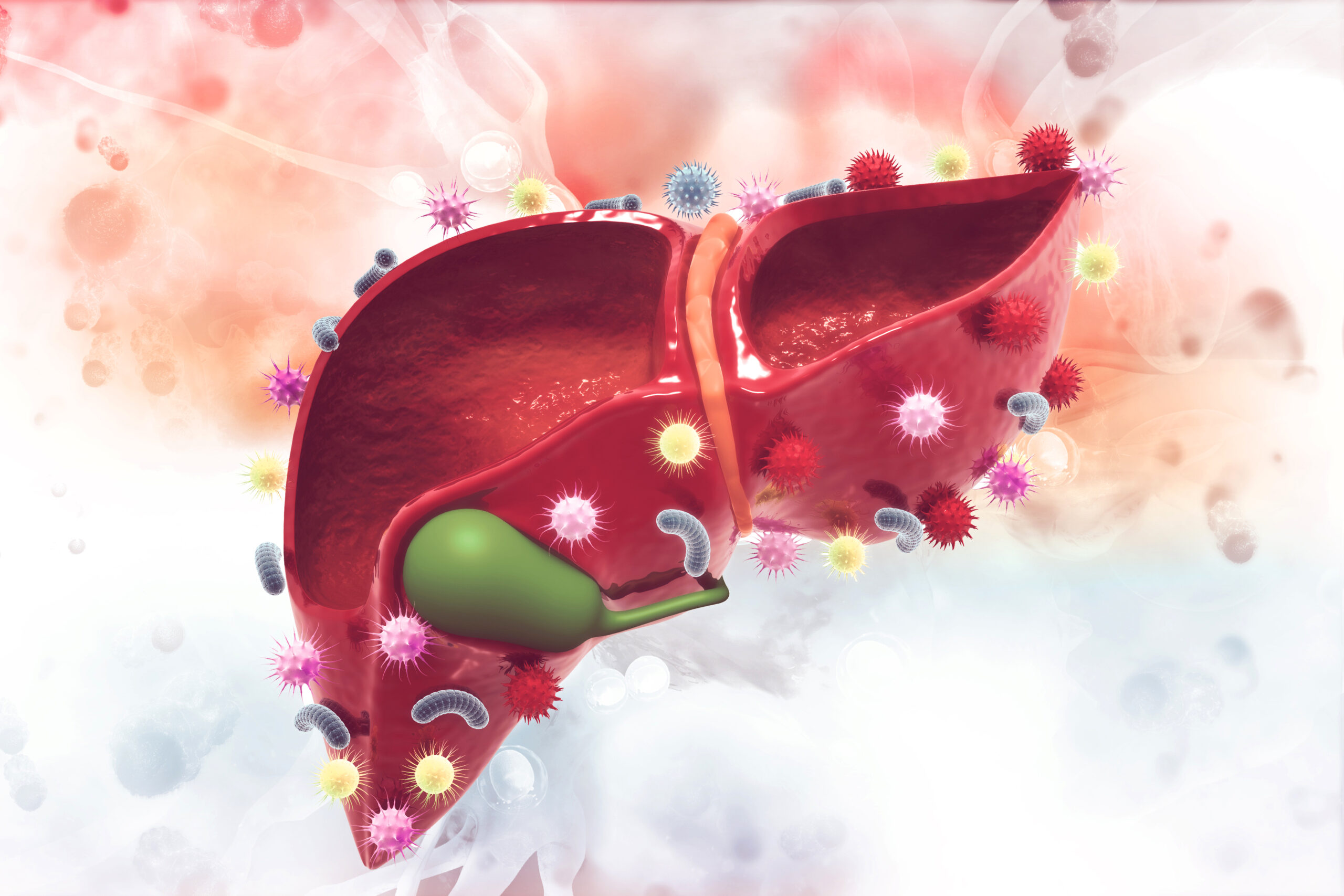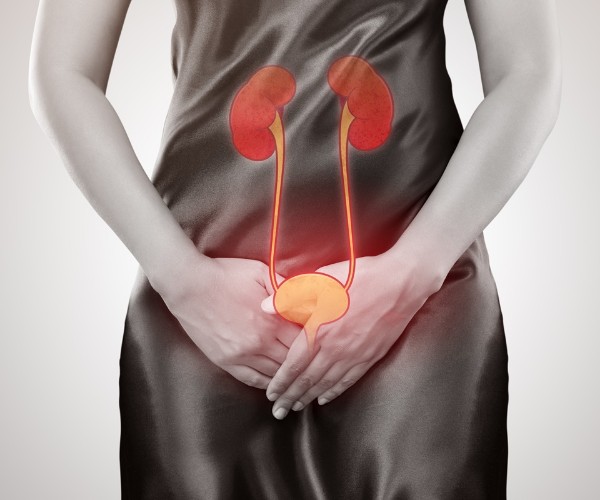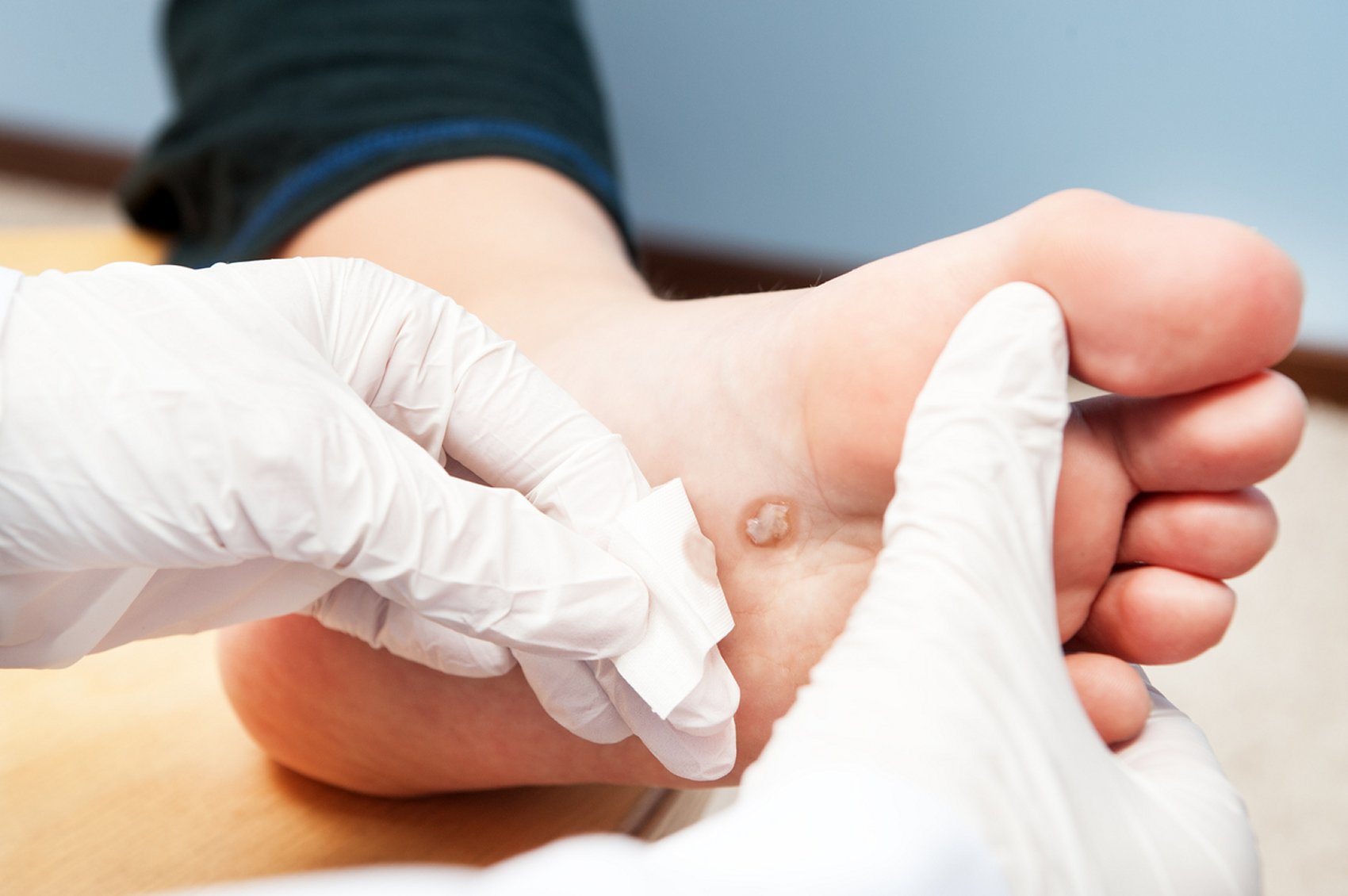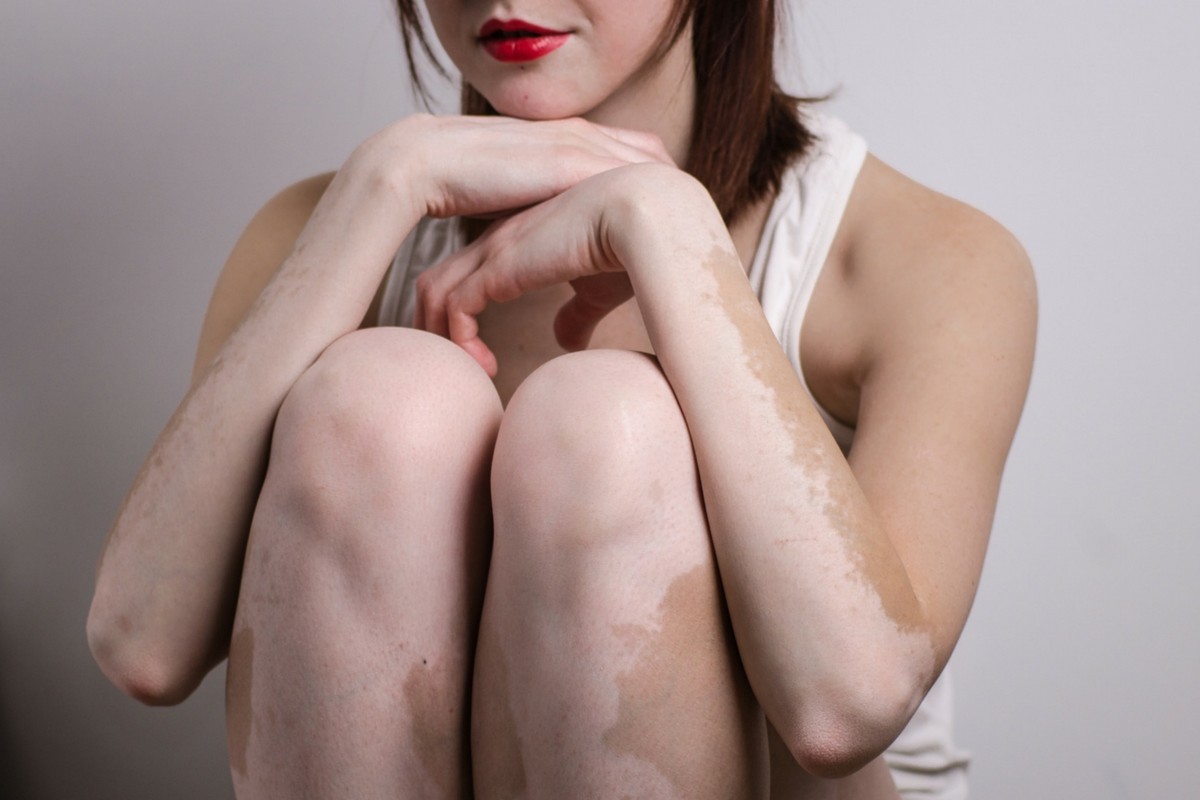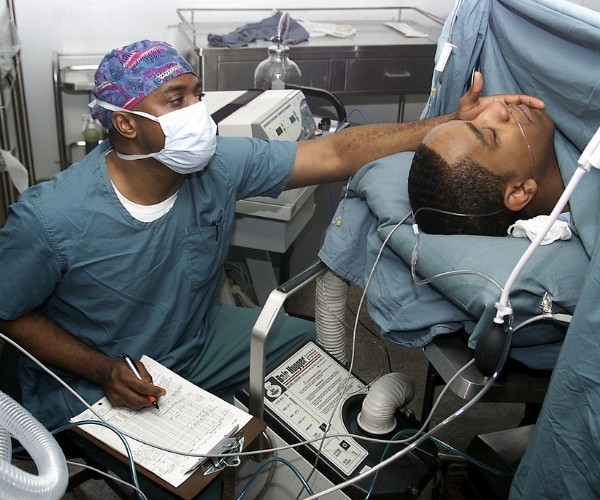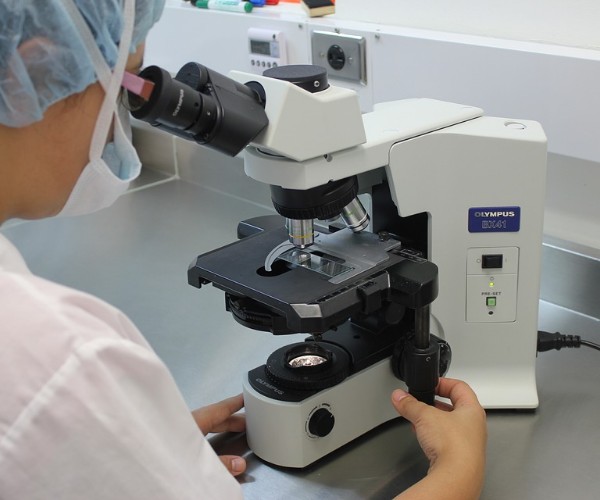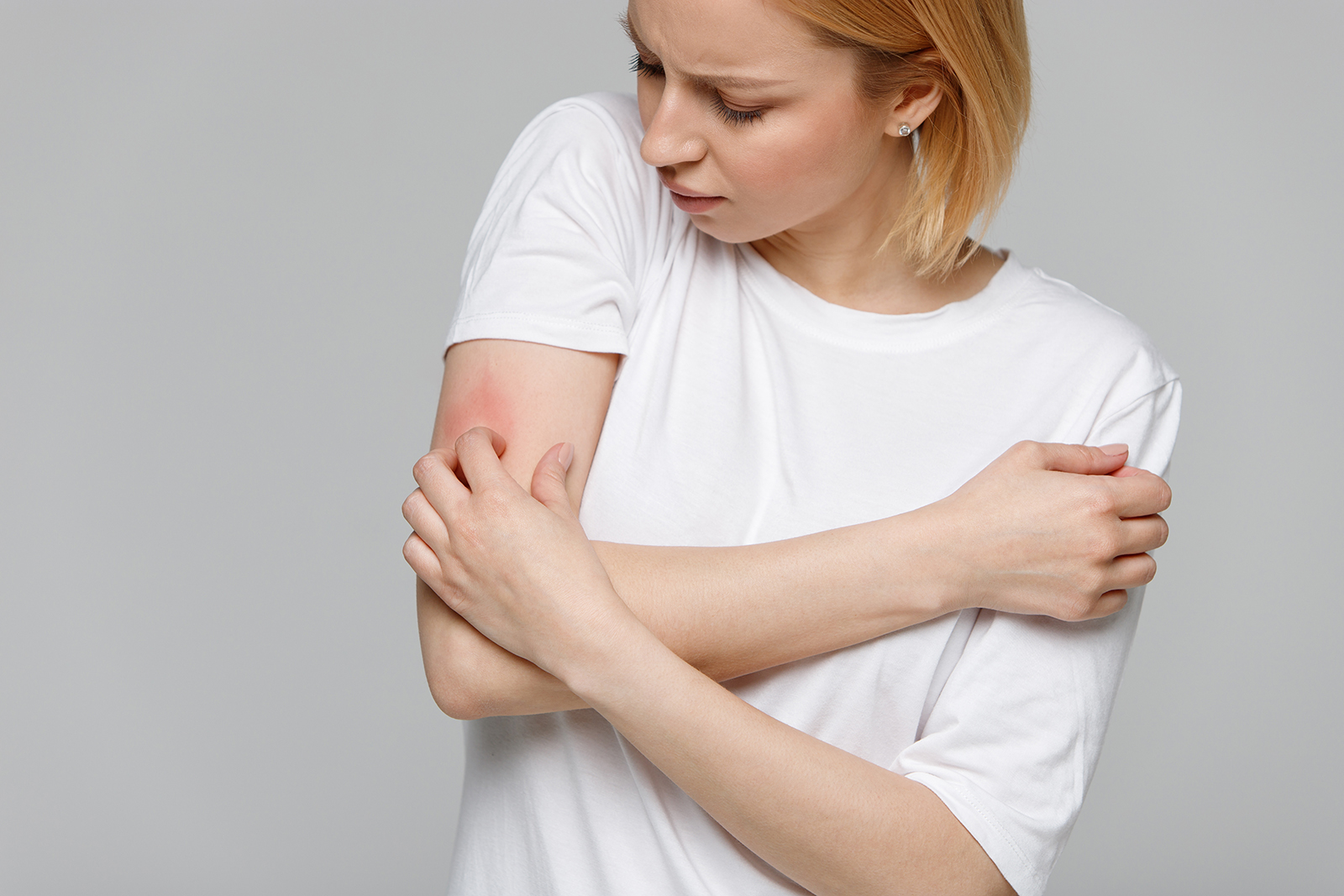Because melanoma cases have been steadily increasing, U.S. citizens have been asked to undergo early screening for this most dangerous skin cancer for a few years now. But some dermatologists wonder whether widespread screening of people without symptoms has resulted in overdiagnosis, with loads of anxiety and unnecessary treatments. An account of the ongoing debate was reported on Medscape, the portal dedicated to medical and scientific popularization.
While the number of melanoma cases diagnosed in the United States doubled from 1982 to 2011 and continues to grow, mortality rates have decreased only slightly. From 2007 to 2016, deaths from melanoma fell by 4 percent in adults up to age 50 and 2 percent in those older.
“The large increase in diagnosed melanomas should be associated with a sharp decline in mortality,” argues Ade Adamson, dermatologist and professor at the University of Texas. But this is a very sensitive discussion because we are led to believe that screening healthy people and early detection will save lives, regardless of the type of cancer.”
According to Adamson, the technological advances contribute to the diagnosis excessive, and brings up the example of skin scanning instruments that detect small changes that the eye cannot see: but even for an expert it is difficult, sometimes impossible, to distinguish the malignant lesion of a melanoma from a benign one in its early stages. Damage such as misdiagnosis, overdiagnosis, cosmetic effects due to biopsies, and side effects associated with medications, as well as the inevitable psychological distress for patients, can result.
However, there are those who think differently. Joel Cohen, a spokesperson for the American Academy of Dermatology, believes that early diagnosis is absolutely essential: “intercepting a very small melanoma is something to celebrate.” After all, according to data provided by the American Society of Clinical Oncology, five-year survival rates for people whose melanoma is detected early are 92 percent; however, if the cancer has spread to other parts of the body, the rate drops to 23 percent.
However, experts all agree on one fact: prevention is the first important step in avoiding skin cancer. The American Academy of Dermatology urges everyone to follow a few behaviors: limit sun exposure, especially during the middle hours of the day; wear protective clothing such as wide-brimmed hats, sunglasses, long pants and long-sleeved shirts; generously apply a water-resistant, broad-spectrum sunscreen with SPF 30 or higher, even on cloudy days; reapply sunscreen every two hours; avoid tanning beds; and have your skin checked for new or suspicious spots.












